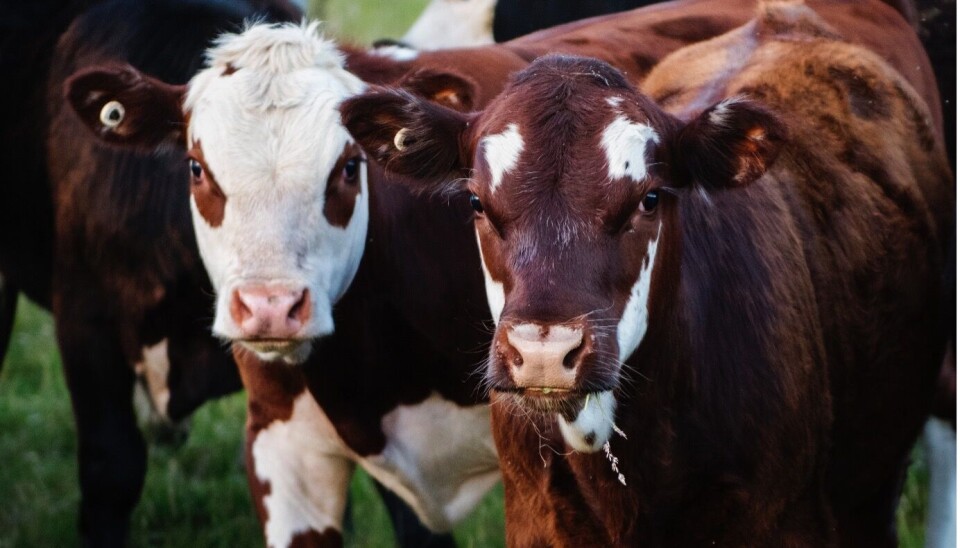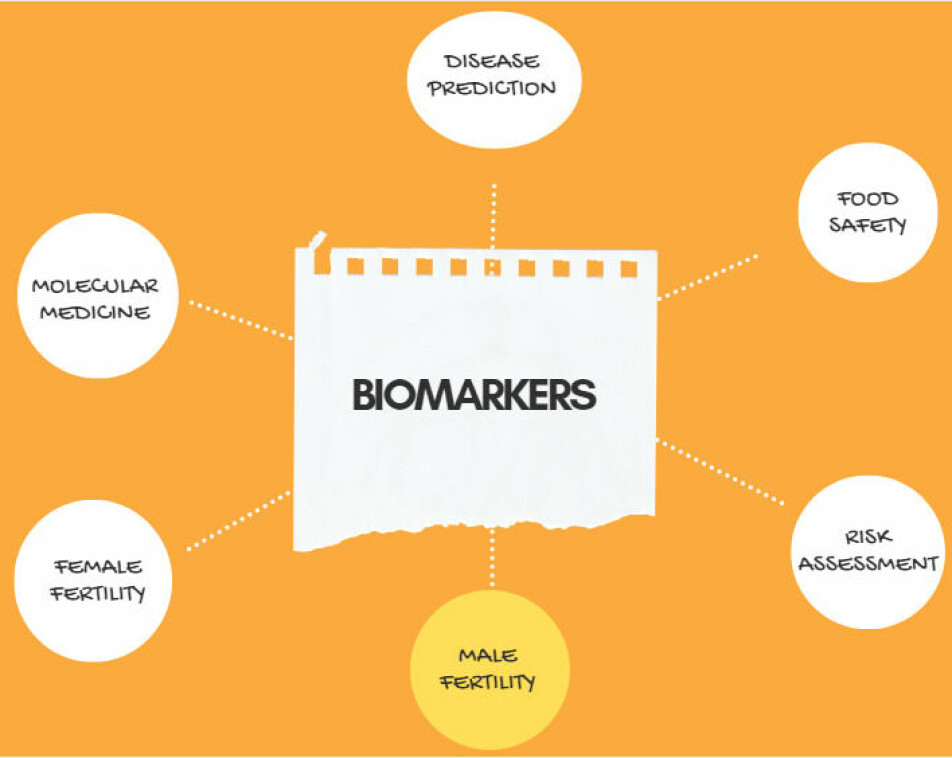Share your science:

We have a new and better method for predicting male fertility in cattle breeding
SHARE YOUR SCIENCE: Traditionally animal breeders would select animals based on their physical characteristics, but with advancement of genetic techniques, animal breeders can now select animals based on their genetic makeup.
To fulfil the increasing food demand in the world because of population growth, it is crucial that food production methods become more efficient, productive, and sustainable. The cattle industry is a leading producer to meet this demand but is restricted by reproductive efficiency.
Numerous factors, including genetics, epigenetics, environment, and management, affect the fertility of these animals. The economic viability of the cattle industry depends on bull fertility as ejaculate from one bull is used to inseminate multiple cows.
Evaluation of bull’s fertility is a complicated process that is difficult to predict based on a single variable.
Furthermore, the process to select breeding animals has evolved over time to maximize animal production, shifting from selection based on phenotypic qualities to selection based on genetic techniques.
Traditionally animal breeders would select animals based on their physical characteristics, such as body weight, milk production or size. However, with advancement of genetic techniques, i.e., analysis of animal’s DNA or RNA to identify specific genes or markers that are associated with desirable traits, animal breeders can now select animals based on their genetic makeup.
Biomarker is a useful tool to determine fertility of bulls
According to the dictionary Merriam-Webster, the term biomarker is «distinctive biological or biologically derived indicator (such as a metabolite) of a process, event, or condition.»
Several previous research studies have shown that biomarkers have been successfully integrated in a variety of fields, such as molecular medicine, disease prediction, risk assessment, food safety and others.

Therefore, biomarkers is be a useful tool to determine the fertility of bulls, helping to choose the right animals for breeding. Currently, sperm analysis is the most used biomarker to predict bull’s fertility in cattle breeding industries.
Sperm analysis
Sperm analysis involves evaluating the number, concentration, motility, shape, and structure of sperm cells. Evaluation of bull’s fertility is a complicated process that is difficult to predict based on a single variable.
Therefore, even if sperm analysis gives useful biomarkers, it is not always reliable. We need a new approach to accurately detect fertility in bulls.
A new approach
Before, sperm was considered to carry only the father’s genetic information to the oocyte of mother. RNAs of sperm cells were thought to be inactive and simply a byproduct of sperm production.
RNA stands for Ribonucleic acid, a type of molecule which is found in the cells of all living things.
However, recent studies have revealed that RNA of sperm cells are involved in various stages of fertilization, such as activation of oocyte following fertilization, development of placenta and embryo, and even the traits of offspring.
There are mainly two types of RNA: coding RNA and non-coding RNA.
Coding RNA, also known as messenger RNA (mRNA) carries the information from DNA to ribosome (a structure in a cell) where proteins are produced. Proteins are needed by body to maintain several functions.
While, non-coding RNA does not produce proteins. But, they are involed in regulating when and how much protein is produced from a particular gene. While some non-coding RNAs are involved in several other processes to maintain stability of RNA.
Both coding and non-coding RNAs in sperm may serve as biomarkers of sperm quality and fertility. Thus, by analyzing the RNA in sperm, we can better understand and manage bull fertility.
Analyzing RNA in sperm cells
A ribonucleic acid (RNA) is an important molecule that is made from DNA through a process called transcription. Transcriptomics is the study of all kinds of RNAs, including messenger RNAs (mRNAs), microRNAs (miRNAs), and different types of long noncoding RNAs (lncRNAs).
From transcriptomics, which is a growing field at present, we can figure out the relationship between gene expression and different biological processes.
Bovine spermatozoa carry different types of RNA. There is a low amount of intact RNA and most are highly degraded. So, it is tough to study those using traditional methods such as qPCR and microarrays.
RNA sequencing helps in locating and developing gene expression biomarkers
A newer method, RNA-sequencing can accurately identify and measure the levels of RNA in sperm related to bull fertility. It helps researchers understand RNA in sperm and evaluate bull fertility.
Andreas P.M. Weber mentioned in his study that RNA-sequencing emerged around 2004 after the invention of the Next Generation Sequencing method.
Process of using RNA-sequencing to identify a biomarker
The process begins with RNA sequencing of the sperm samples of bulls. The RNA sequencing data are analyzed using different bioinformatics programs either using various online software or using programming in the Linux operating system for gene expression.
These bioinformatics platforms are made by using different mathematical and computational techniques. These programs help to identify the genes differentially expressed for high-fertile and low-fertile bulls or for any other traits of interest. Lastly, we must validate gene expression biomarkers in different samples.
Future applications
The use of transcriptomics technology to look at bull sperm will likely contribute to finding the biomarkers of bull fertility in the future. These biomarkers will enable us to detect and distinguish between high fertile and not-so-fertile bulls.
It will assist breeding companies in choosing the most fertile bulls for both traditional breeding and assisted reproductive technologies. It lowers costs while increasing genetic gains.
However, it is important to note that a single technique alone cannot solve the complexity of a biological system.
The method of using various omics technologies, such as genomics (study of complete set of DNA), proteomics (study of complete set of proteins expressed by a cell), and metabolomics (study of metabolites) along with transcriptomics, can establish reliable way for screening high-fertile cattle.
Challenges
Most of the research on biomarkers is limited in academic literature like articles, papers, and books, which are open to the public. There are still challenges to bringing a biomarker to market, even if it's true.
Getting intellectual property protection from the takes a while and can be expensive. In addition, more research is needed, but it is not certain that it will be applied by the breeding industry, which means extra costs.
Resources
- Weber A. P. (2015). Discovering New Biology through Sequencing of RNA. Plant physiology, 169(3), 1524–1531. https://doi.org/10.1104/pp.15.01081
- You, X., Q. Li, and Y. Zhou, Application of Transcriptomic Biomarkers in Livestock Product Safety. Biomedical Journal of Scientific & Technical Research, 2019. 20(4).
FURTHER READING:
Share your science or have an opinion in the Researchers' zone
The ScienceNorway Researchers' zone consists of opinions, blogs and popular science pieces written by researchers and scientists from or based in Norway.
Want to contribute? Send us an email!





























